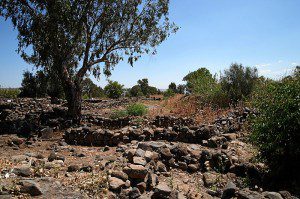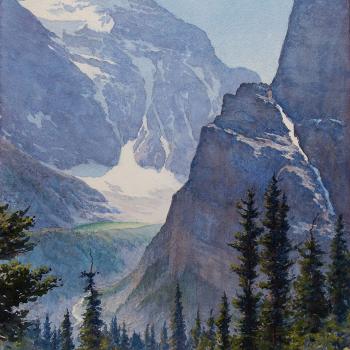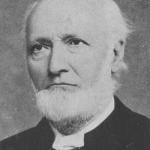
Photo by Mboesch, from Wikimedia CC
(Click to enlarge.)
The ruins of Bethsaida may well have been found, at the northern end of the Sea of Galilee. (A major modern road runs right past them.)
But this isn’t universally conceded. Why? Because those ruins sit at a considerable distance — fully two kilometers — from the lake shore, and Bethsaida (the name of which means “house of fishing” or “house of hunting”) is supposed to have been a fishing village.
Those who argue for the site, however, suggest three possible factors which, taken together, might explain the current situation:
1) Tectonic activity may have raised the north end of the lake up.
2) Sedimentary deposits from the Jordan River, which enters the Sea of Galilee nearby, may have effectively pushed the lake back, southwards.
3) Vastly increased human use of water from the lake for culinary and agricultural purposes may have lowered the surface level of the lake, as recent years of serious drought certainly have.
There are reasons to believe Bethsaida Julias, as it’s called, to be the Bethsaida of the New Testament. But, as so often happens in archaeology, there’s no smoking gun, no definitive proof, and no absolutely unanimous consensus.
Incidentally, Jesus didn’t seem to expect a glorious future for either Bethsaida or its neighboring village of Chorazin:
Woe unto thee, Chorazin! woe unto thee, Bethsaida! for if the mighty works, which were done in you, had been done in Tyre and Sidon, they would have repented long ago in sackcloth and ashes. (Matthew 11:21)
Posted from Park City, Utah











